Asia, a continent celebrated for its rich tapestry of cultures, landscapes, and histories, offers a plethora of destinations still largely undiscovered by mainstream tourism. It’s a land where tranquil temples nestle within lush mountainous terrains and vibrant, lesser-known street markets thrum with life, presenting a myriad of hidden gems for the intrepid explorer.
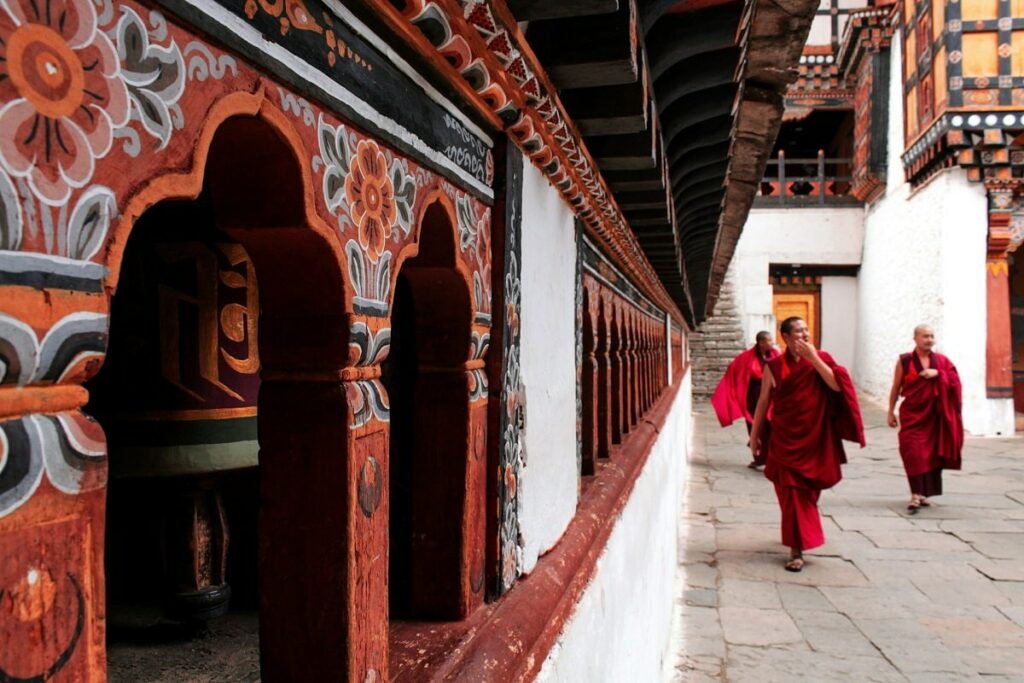
The journey to some of these secluded wonders is made effortlessly accessible through the continent’s extensive rail network. Among these connections, the train from Busan to Seoul stands out, offering a high-speed link between South Korea’s coastal city and its dynamic capital.
Similarly, in Japan, a notable rail route provides a swift and seamless transit from the historic allure of Kyoto to the energetic pulse of Tokyo. These rail services not only deliver a smooth travel experience but also serve as vital conduits, connecting travelers with the profound and unparalleled beauty that lies at the very heart of Asia.
While the rail link between Busan and Seoul facilitates travel between two of South Korea’s vibrant hubs, the Kyoto to Tokyo bullet train offers a swift passage through the heart of Japan, connecting the ancient charm of Kyoto with the futuristic dynamism of Tokyo. This high-speed journey is a testament to Japan’s advanced rail technology, enabling travelers to transition between the tranquility of Kyoto’s temples and gardens to the bustling streets and towering skyscrapers of Tokyo in just a few hours.
WHAT IS IN THIS POST
South Korea’s Secluded Sanctuary: Gyeongju
Venturing off to Gyeongju in South Korea presents a serene journey back to the nation’s ancient heritage. Dubbed the “museum without walls,” Gyeongju, the erstwhile capital of the Silla Kingdom, is adorned with historical marvels such as the Bulguksa Temple and the Seokguram Grotto. This city, often bypassed by the conventional tourist trail, offers an in-depth exploration of South Korea’s rich past amidst a setting of verdant landscapes and tranquil lotus ponds.
The cultural festivals and traditional hamlets of Gyeongju provide a hands-on experience of a lifestyle steeped in history, positioning it as an essential destination for those yearning to uncover the essence of Korea beyond the urban spectacle.
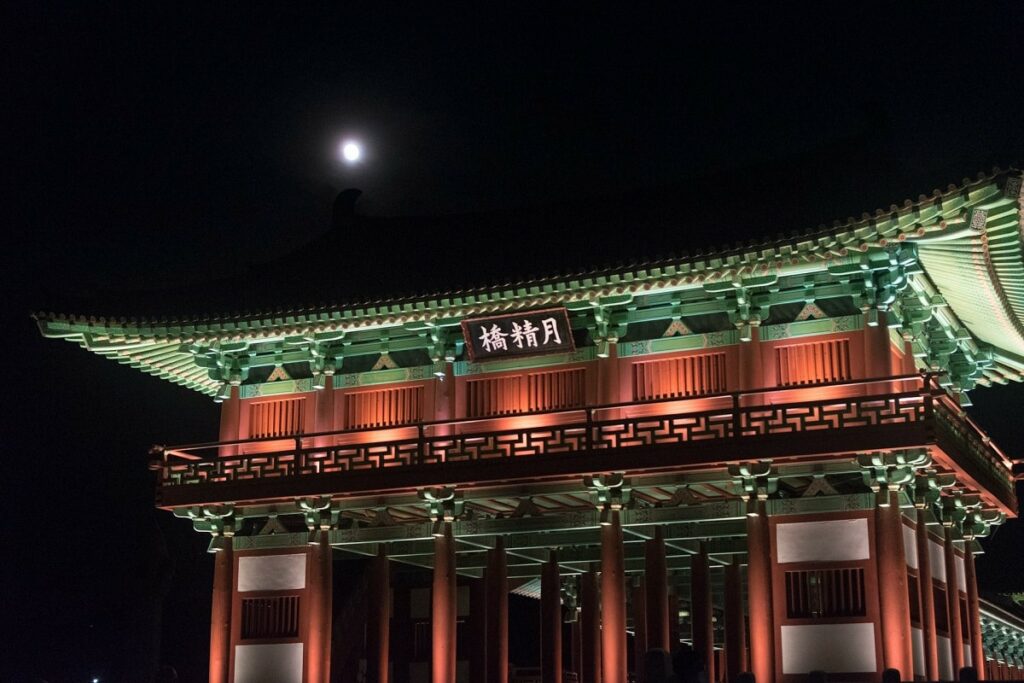
Photo by Seongho Jang on Unsplash
Japan’s Rural Reverie: The Kiso Valley
In Japan, the swift journey provided by the high-speed rail from Kyoto to Tokyo might be celebrated for its efficiency, yet the tranquility of Japan’s heart can be discovered in the Kiso Valley. Cradled by the Japanese Alps, the valley is traversed by the Nakasendo trail, an age-old pathway that links Kyoto and Tokyo.
Walking this trail is akin to traversing through time, with historic post towns like Magome and Tsumago meticulously preserved, echoing the ambiance of the Edo period. The Kiso Valley, with its breathtaking alpine vistas and traditional lodging, beckons visitors to immerse themselves in the serene and thoughtful aspects of Japanese existence, far removed from the urban rush.
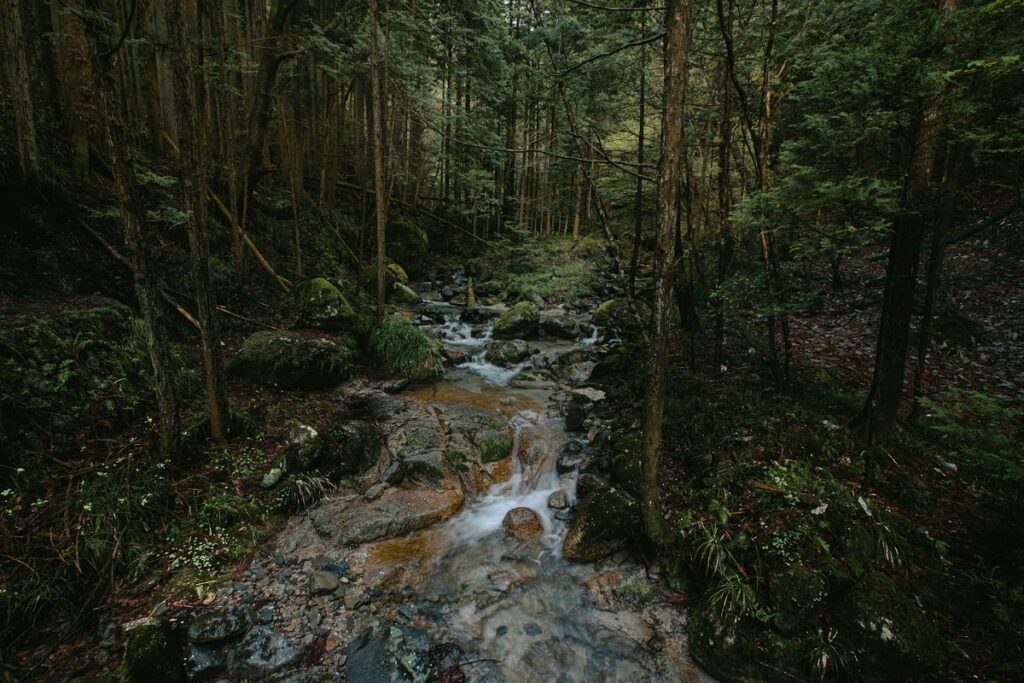
Photo by Marione Lozano on Unsplash
Vietnam’s Island Idyll: Con Dao
Beyond the well-trodden paths of Halong Bay and the urban excitement of Ho Chi Minh City lies Con Dao, an archipelago off the southern coast of Vietnam known for its pristine beaches, clear turquoise waters, and dense tropical forests.
Once a place of exile during the French colonial era, today Con Dao is a paradise for nature lovers and history enthusiasts alike. The islands offer not only breathtaking natural beauty but also a chance to reflect on the poignant history of Vietnam, with preserved sites like the Con Dao Prison museum.
For those seeking solitude and scenic beauty, Con Dao is a hidden gem that promises a serene retreat amidst Vietnam’s vibrant culture.

Photo by Degaharu Tekouha on Unsplash
Mongolia’s Whispering Sands: The Gobi Desert
Venturing into the heart of Central Asia, Mongolia’s Gobi Desert offers an extraordinary adventure into one of the world’s most expansive wilderness areas. Far from the typical tourist radar, the Gobi is a place of stark beauty and extreme contrasts, where towering sand dunes coexist with ice-filled canyons and hidden oases.
This vast desert landscape is not only a haven for rare wildlife, such as the Bactrian camel and the snow leopard, but also a repository of ancient history, home to dinosaur fossils and the remnants of Silk Road caravanserais. Travelers brave enough to explore the Gobi Desert are rewarded with unparalleled starlit nights, the profound silence of the desert, and encounters with nomadic herders, offering a glimpse into a way of life that has endured for millennia.
The Gobi’s enigmatic beauty invites a deep connection with nature and provides a profound sense of solitude and reflection, making it a truly hidden gem in Asia’s diverse landscape.
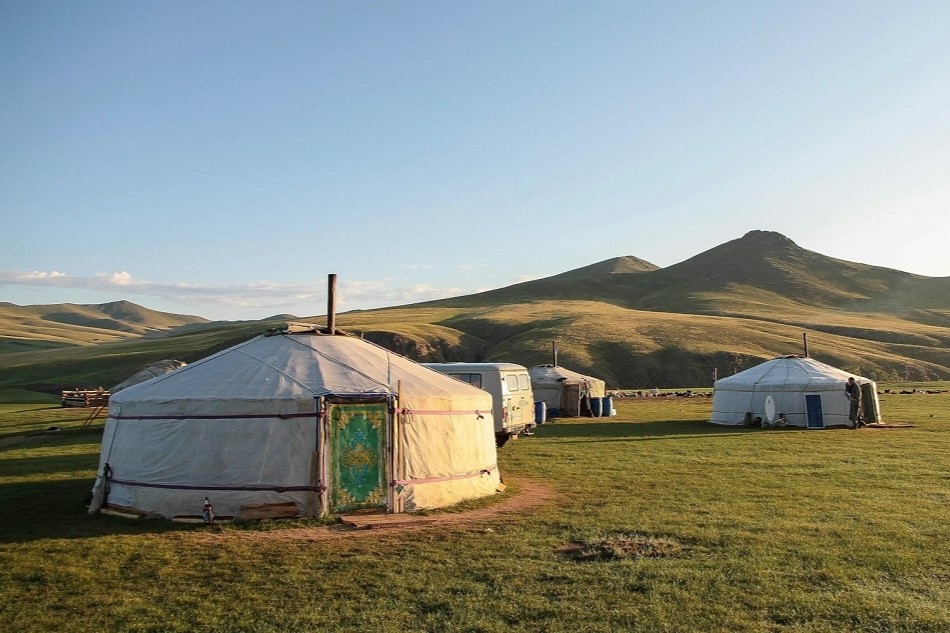
The Serene Spirituality of Bhutan’s Paro Valley
Nestled in the Eastern Himalayas, Bhutan’s Paro Valley is a serene testament to the country’s deep-rooted spirituality and commitment to preserving its natural and cultural heritage. This secluded haven is where traditional Bhutanese architecture and ancient monasteries blend seamlessly with the verdant, mountainous landscape.
Paro is home to the iconic Tiger’s Nest Monastery, precariously perched on a cliff face, and considered one of the most sacred sites in Bhutan. A trek to this monastery is not just a physical journey but a spiritual quest, offering breathtaking views and insights into Buddhist philosophy and practice. The valley, with its fertile lands and crystal-clear rivers, also hosts a variety of traditional festivals that celebrate Bhutanese culture, dance, and music.
The Paro Valley’s tranquil environment, rich spiritual life, and the warmth of its people make it an unparalleled destination for those seeking solace and a deeper understanding of Bhutan’s unique philosophy of Gross National Happiness.
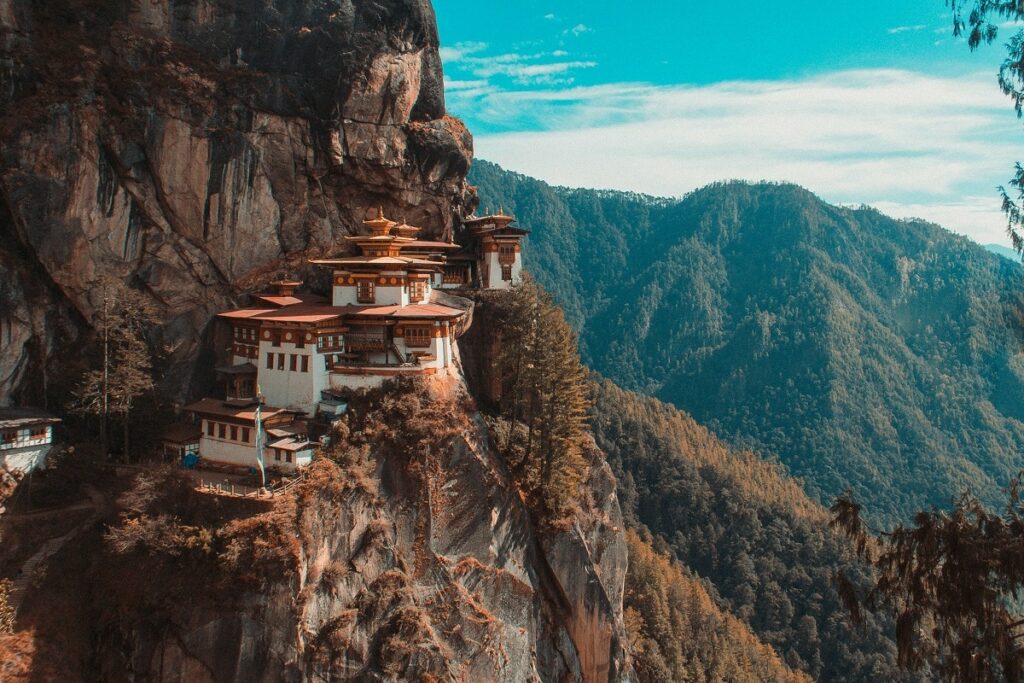
Image: Bhutan Photo by Aaron Santelices on Unsplash
Conclusion: Asia’s Uncharted Splendors
The undiscovered facets of Asia, ranging from the historical depth of South Korea’s Gyeongju to the cultural richness of Bhutan’s Paro Valley, present an enriching journey through the continent’s vast cultural, historical, and natural splendor, unmarred by the usual tourist footfall. The continent’s sophisticated rail system facilitates these explorations, offering not just ease of travel but a gateway to the hidden treasures of Asia.
Each locale, with its distinct allure and narrative, amplifies the travel experience, ensuring lasting memories and a profound appreciation for Asia’s multifaceted beauty. Venturing into these lesser-known realms allows travelers to not only behold the scenic majesty of Asia’s landscapes but also to forge a deep connection with the spirit of its communities and the legacy of its bygone eras, fostering an enduring sense of awe and discovery.
Featured Photo by Unma Desai on Unsplash
Note: This post may contain affiliate links, partnership or sponsored content. If you purchase an item via one of these links, we may receive a small commission at no extra charge to you. But as always images and opinions are our own. For more information on our affiliates and privacy policy at Outside Suburbia see here.
CONNECT WITH US
